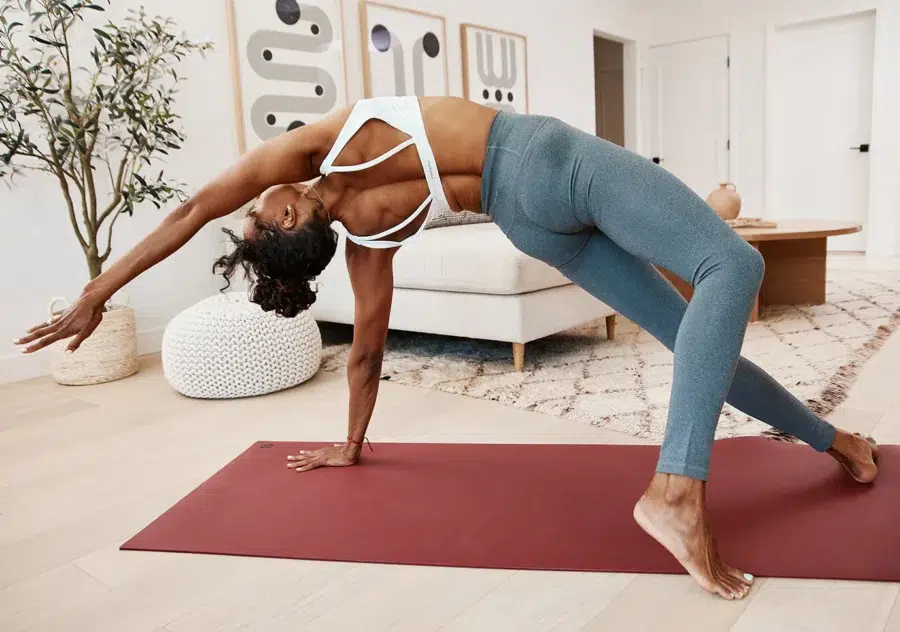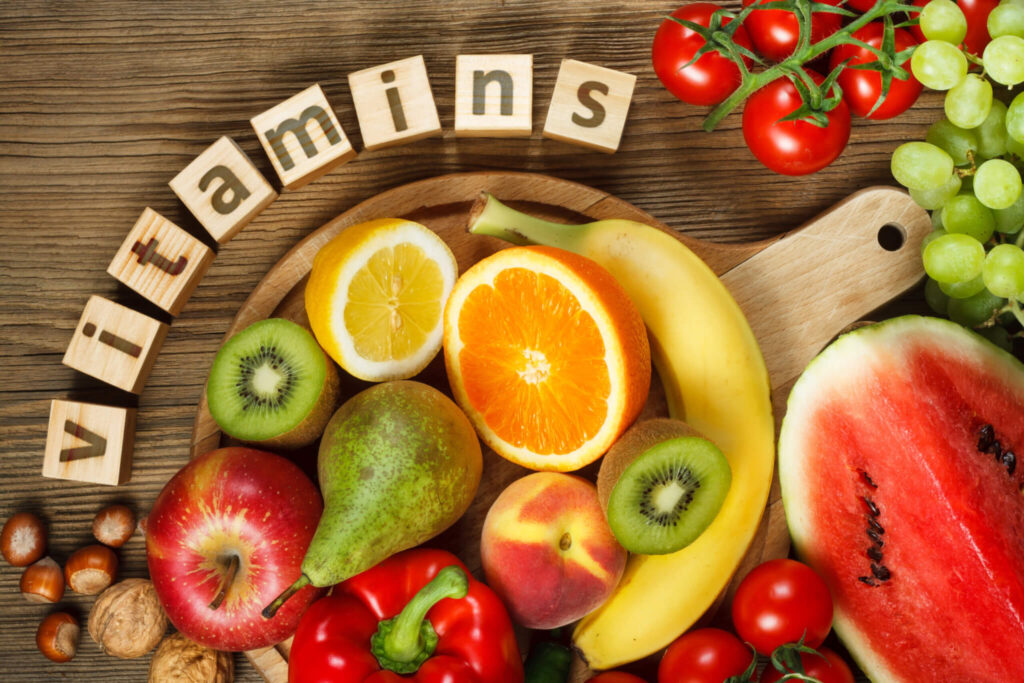Best Shampoos for Curly Hair in 2024, Curly hair requires special care and attention to maintain its health and natural beauty. The right shampoo can make all the difference in keeping curls defined, hydrated, and frizz-free. Here are the best shampoos for curly hair in 2024 that cater to various needs and hair types.

1. DevaCurl No-Poo Original Zero Lather Conditioning Cleanser
Why It Matters: DevaCurl is a beloved brand in the curly hair community, and their No-Poo Original Zero Lather Conditioning Cleanser is a cult favorite for good reason.
Key Features:
- Gentle Cleansing: Cleanses without stripping natural oils, maintaining moisture balance.
- Hydrating Formula: Infused with peppermint and grapeseed oil to hydrate and soothe the scalp.
- Sulfate-Free: Free from sulfates, parabens, and silicones, making it safe for all curl types.
Benefits:
- Moisture Retention: Keeps curls hydrated and reduces frizz.
- Improved Curl Definition: Enhances natural curl pattern for bouncy, defined curls.
- Scalp Health: Soothes and refreshes the scalp without irritation.
2. SheaMoisture Coconut & Hibiscus Curl & Shine Shampoo
Why It Matters: This shampoo is specially formulated to enhance and define curls while providing essential moisture.
Key Ingredients:
- Coconut Oil: Hydrates and protects hair while reducing breakage.
- Silk Protein: Smooths hair and adds shine.
- Neem Oil: Controls frizz and adds moisture.
Benefits:
- Enhanced Shine: Leaves hair looking glossy and healthy.
- Frizz Control: Reduces frizz and keeps curls smooth.
- Improved Manageability: Makes detangling easier and improves overall hair texture.
3. Ouidad Advanced Climate Control Defrizzing Shampoo
Why It Matters: Ouidad’s Advanced Climate Control Defrizzing Shampoo is designed to combat frizz and protect curls from environmental stressors.
Key Ingredients:
- Anti-Frizz Nano Technology: Seals the cuticle to lock in moisture and block out humidity.
- Wheat Protein: Strengthens and protects hair.
- Ceramides: Enhance moisture retention and smooth the hair cuticle.
Benefits:
- Frizz Protection: Keeps curls frizz-free, even in humid conditions.
- Curl Definition: Enhances curl pattern and adds bounce.
- Long-Lasting Results: Provides lasting protection and moisture.
4. Briogeo Curl Charisma Rice Amino + Avocado Hydrating Shampoo
Why It Matters: This shampoo is formulated with natural ingredients to provide hydration and enhance curl definition.
Key Ingredients:
- Rice Amino Acids: Prevent frizz and seal the hair cuticle.
- Avocado Oil: Moisturizes and strengthens hair.
- Tomato Fruit Ferment: Enhances moisture retention and improves curl formation.
Benefits:
- Deep Hydration: Keeps curls moisturized and healthy.
- Frizz Reduction: Controls frizz and enhances curl definition.
- Natural Ingredients: Free from harsh chemicals, suitable for sensitive scalps.
5. Maui Moisture Curl Quench + Coconut Oil Shampoo
Why It Matters: Maui Moisture’s Curl Quench + Coconut Oil Shampoo is designed to hydrate and define thick, curly hair.
Key Ingredients:
- Coconut Oil: Deeply moisturizes and repairs hair.
- Papaya Butter: Adds softness and shine.
- Plumeria Extract: Hydrates and strengthens hair.
Benefits:
- Intense Hydration: Provides deep moisture for thick, curly hair.
- Enhanced Curl Definition: Defines curls and adds bounce.
- Affordable: Offers high-quality results at an accessible price point.
Conclusion:
Selecting the right shampoo for curly hair is crucial for maintaining healthy, defined, and frizz-free curls. The DevaCurl No-Poo Original Zero Lather Conditioning Cleanser, SheaMoisture Coconut & Hibiscus Curl & Shine Shampoo, Ouidad Advanced Climate Control Defrizzing Shampoo, Briogeo Curl Charisma Rice Amino + Avocado Hydrating Shampoo, and Maui Moisture Curl Quench + Coconut Oil Shampoo are top choices for 2024. Each of these shampoos offers unique benefits to cater to the diverse needs of curly hair.
















